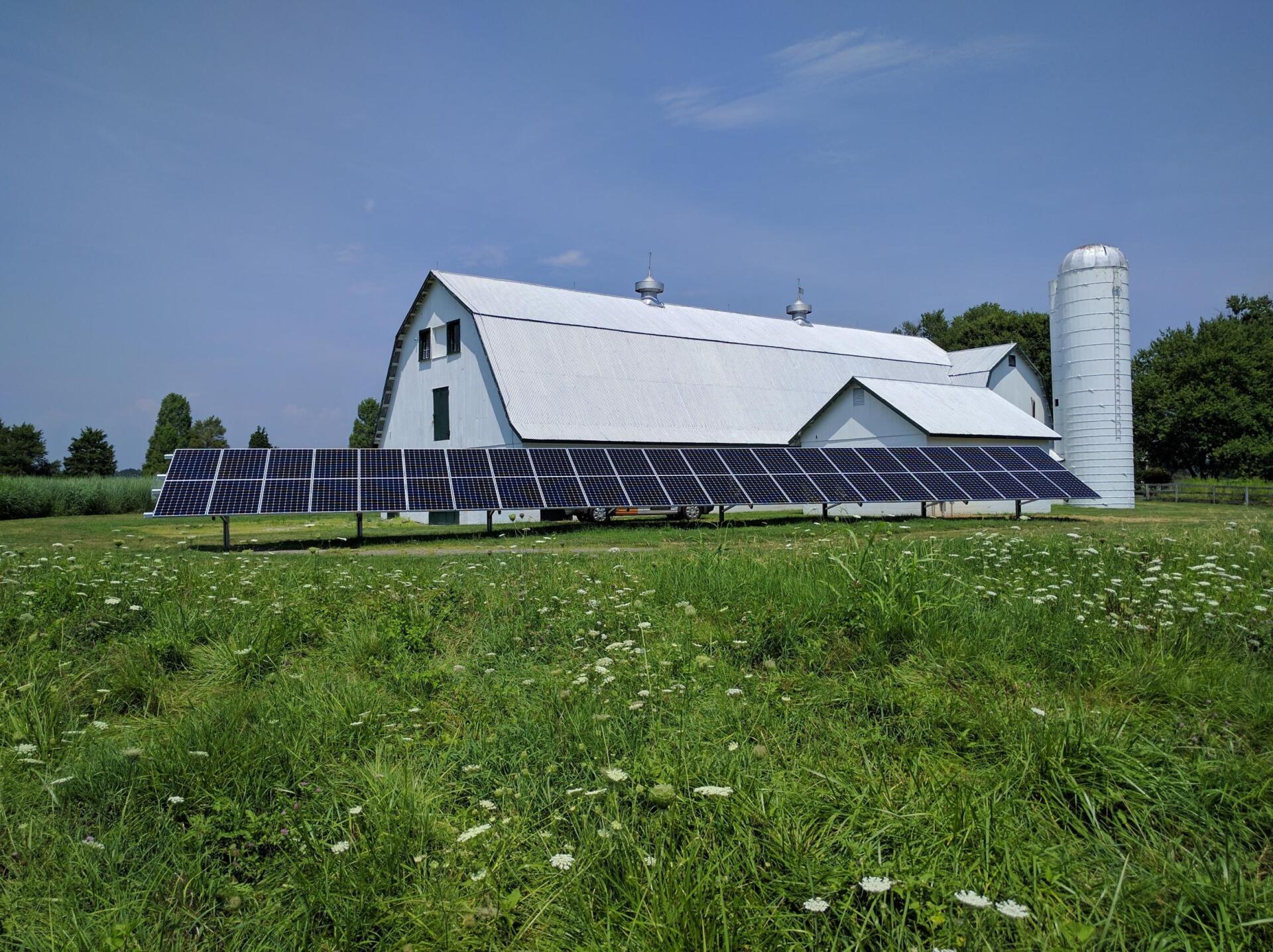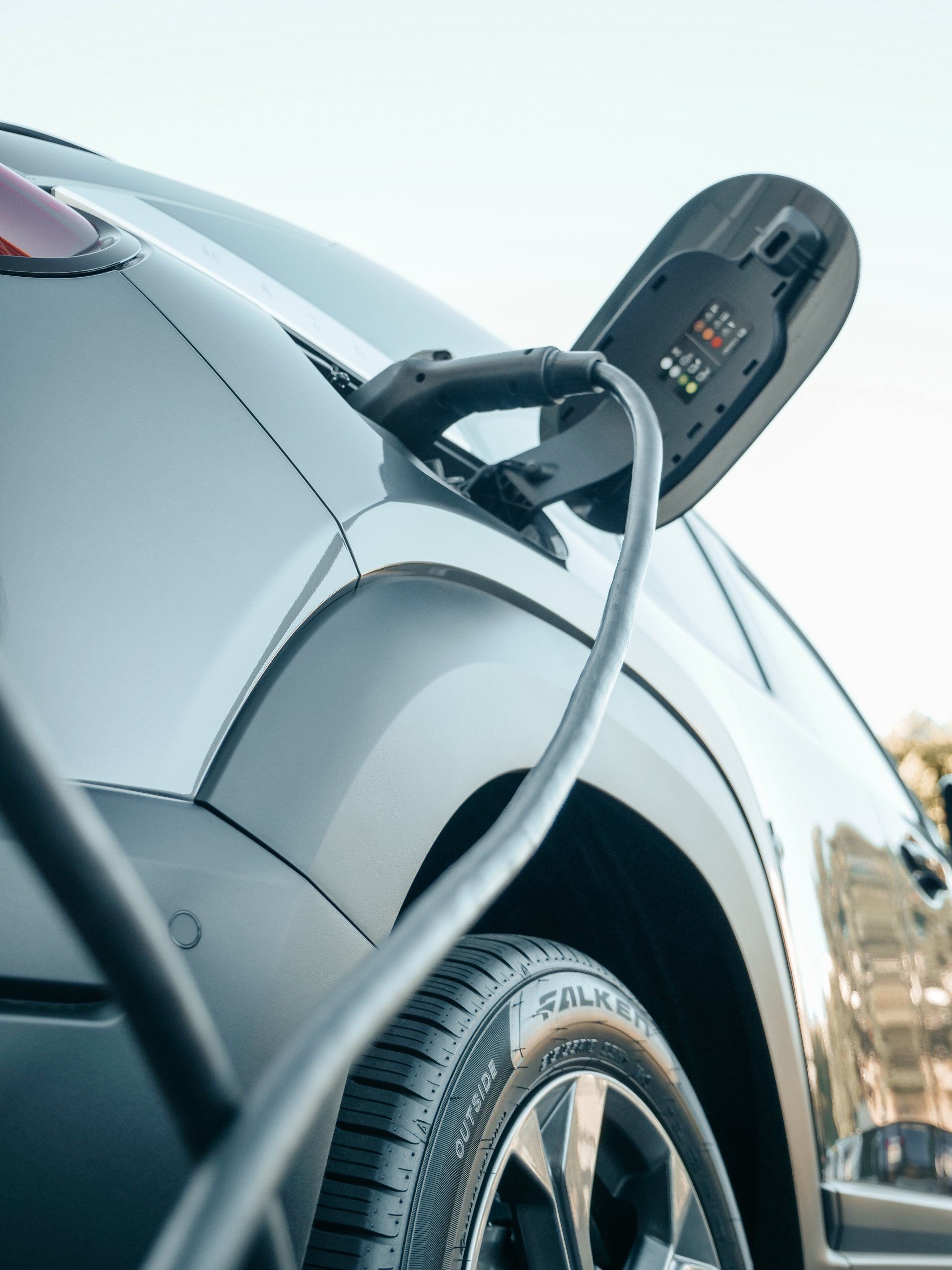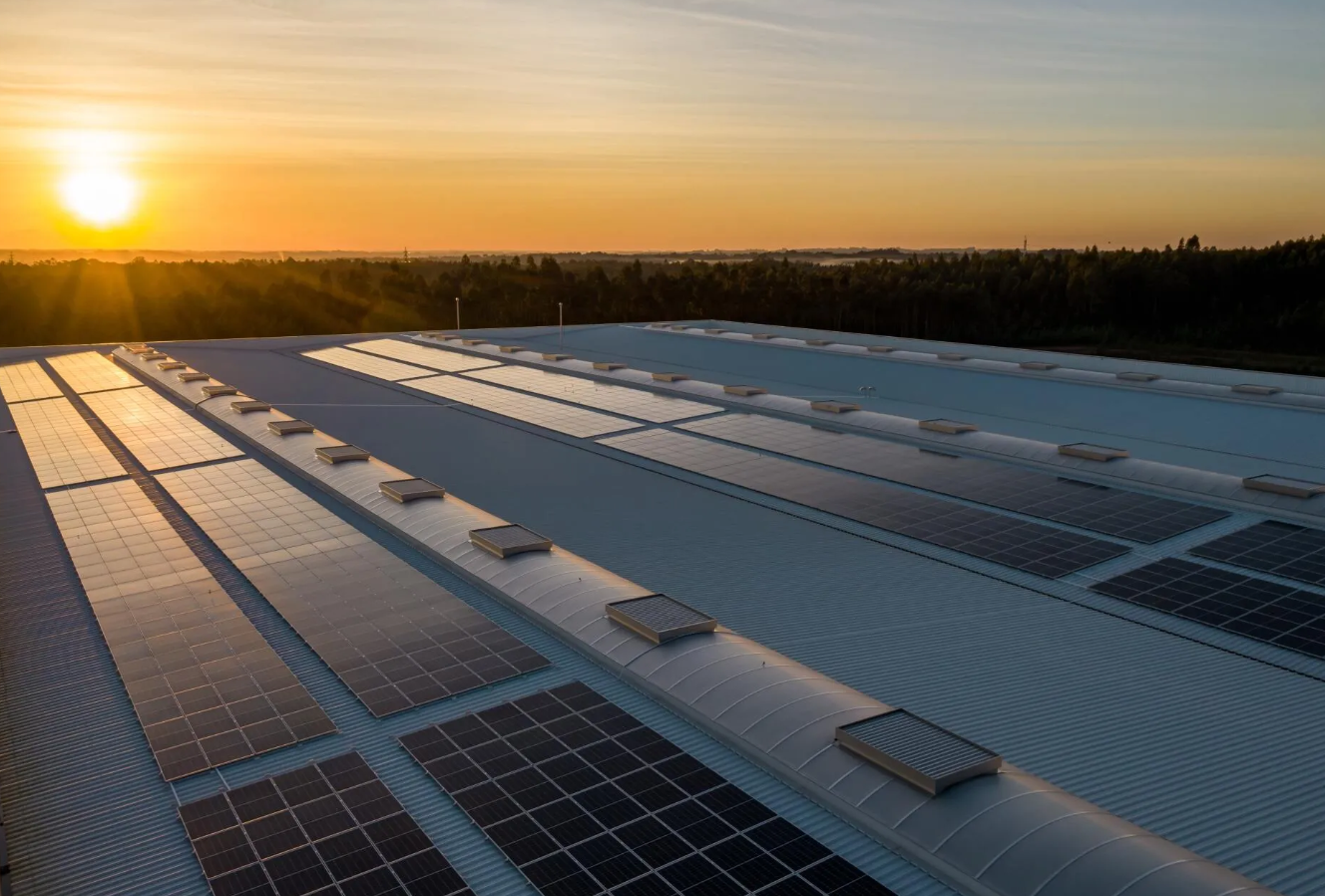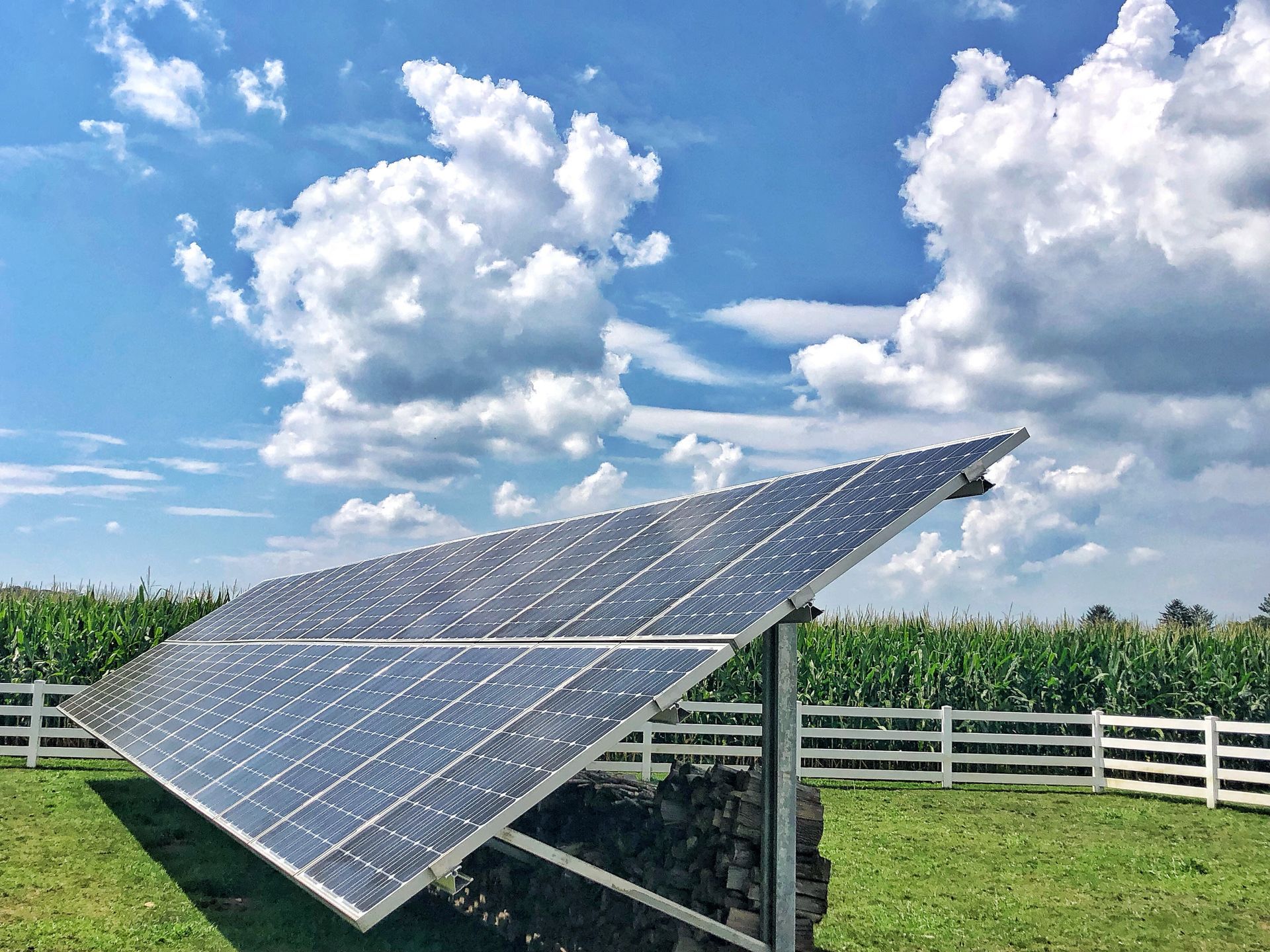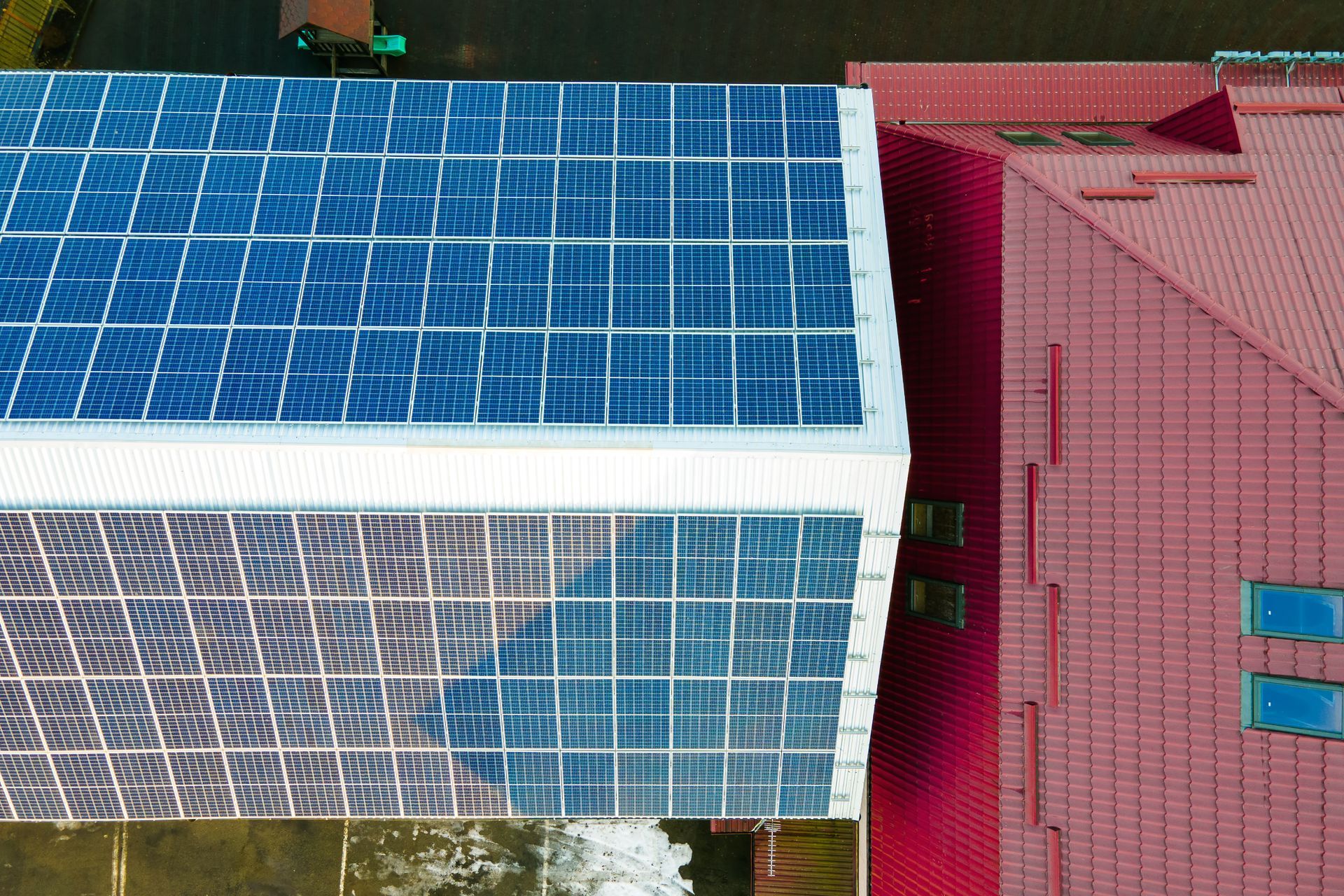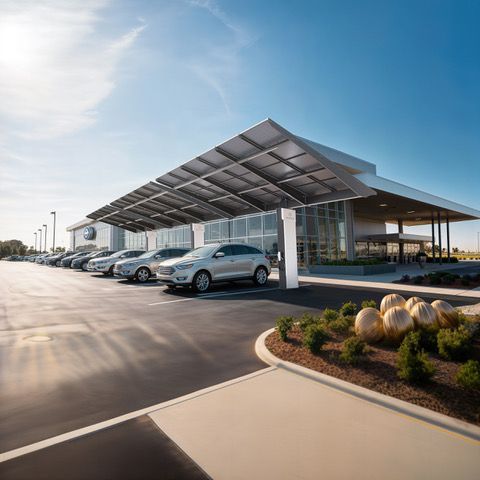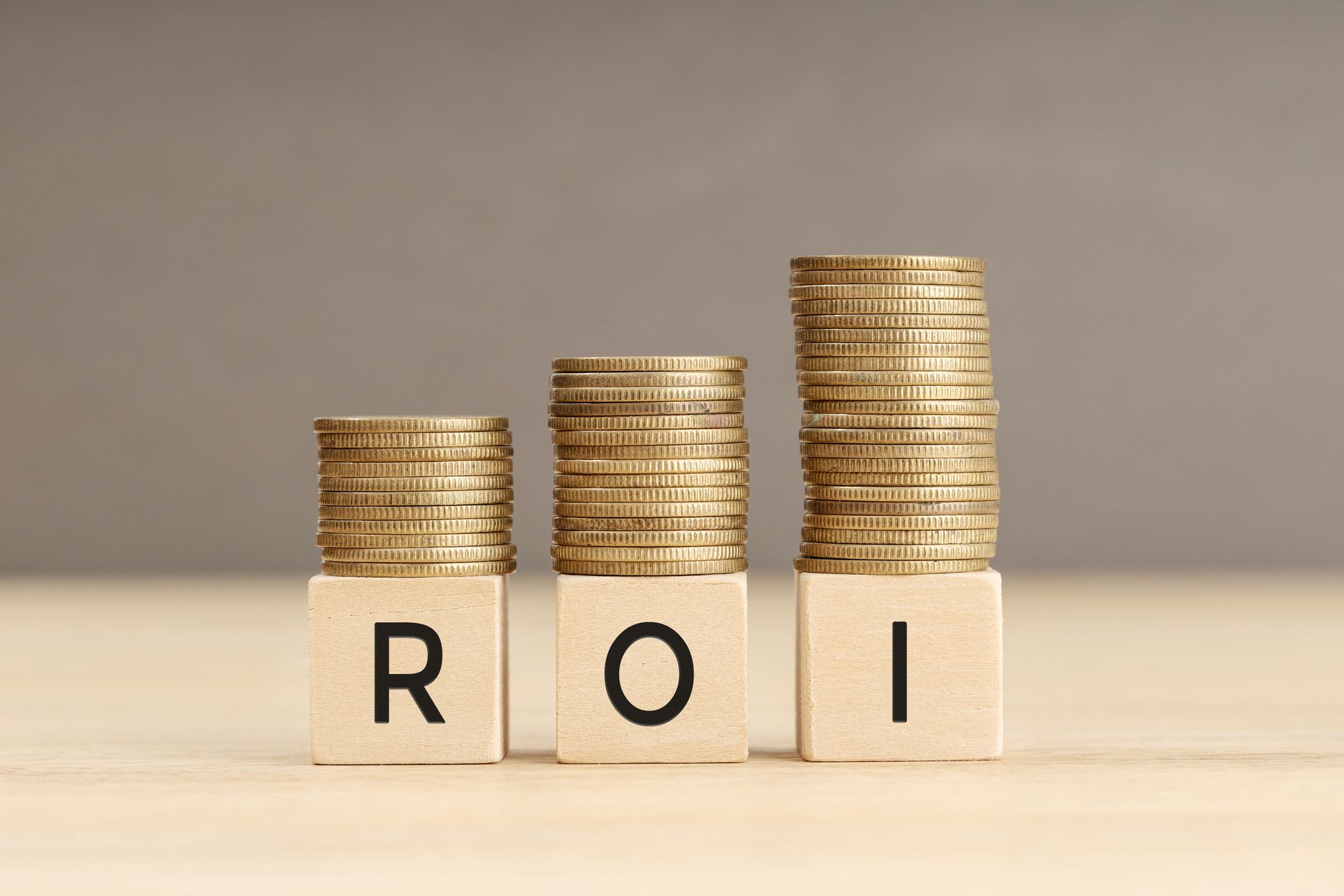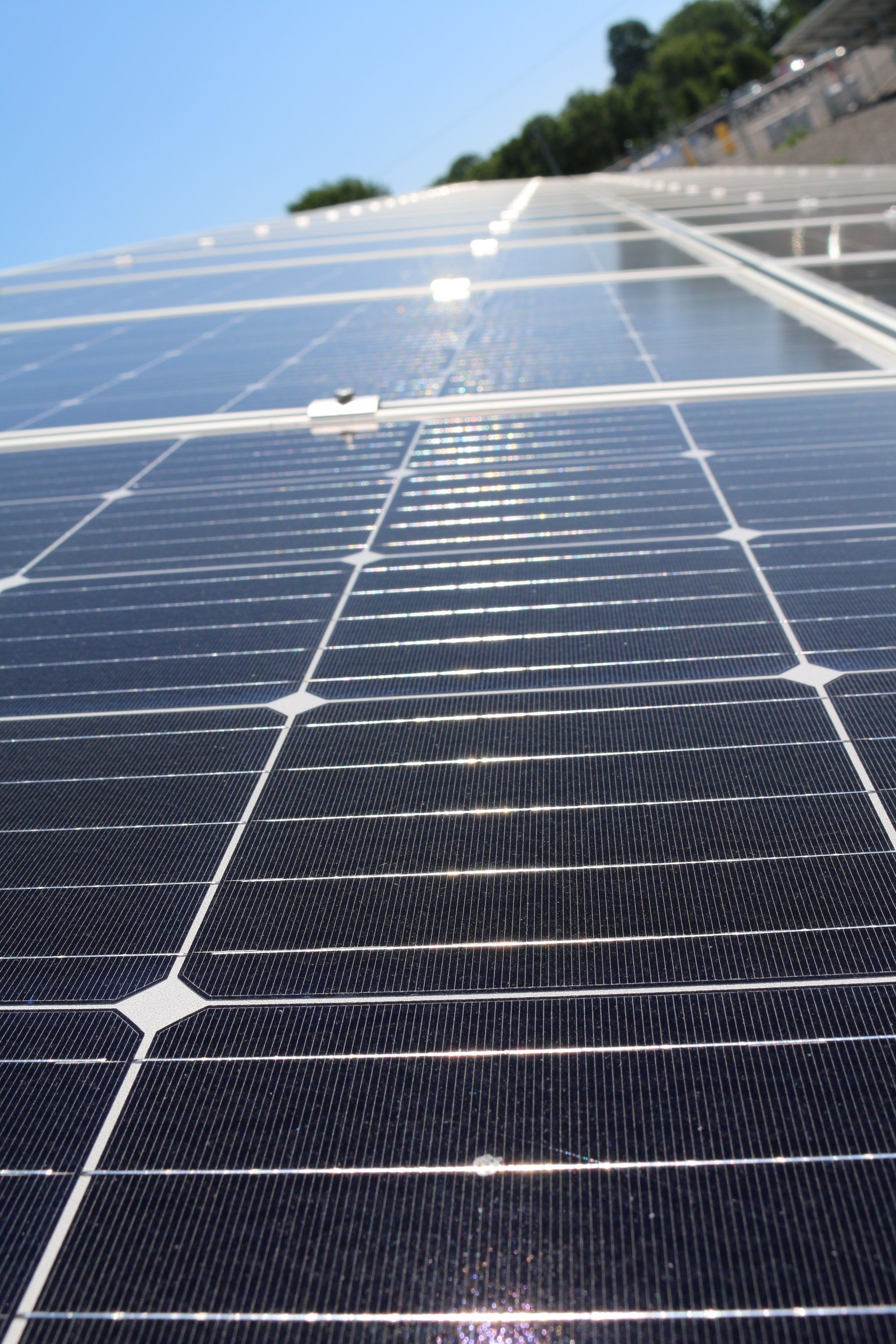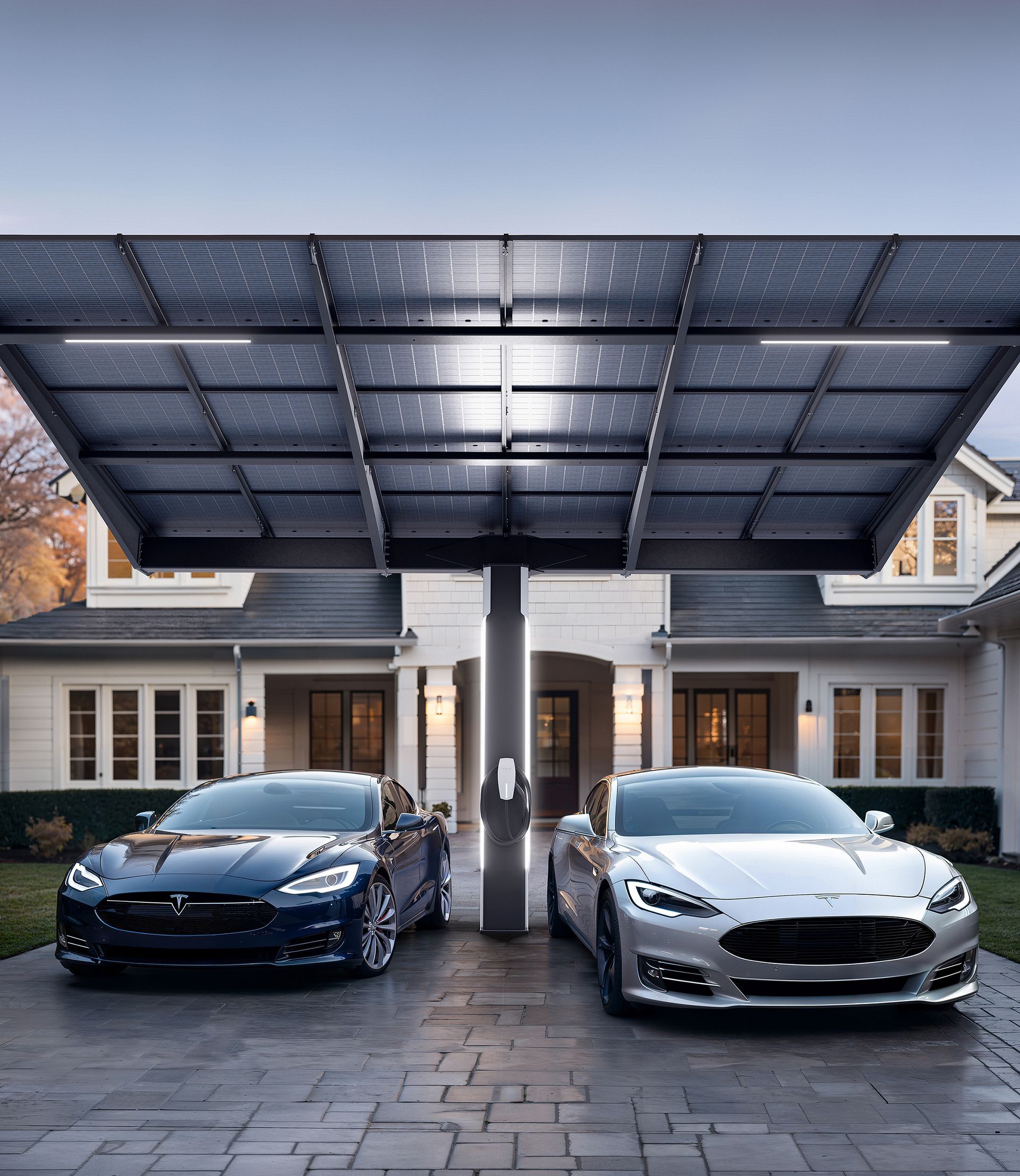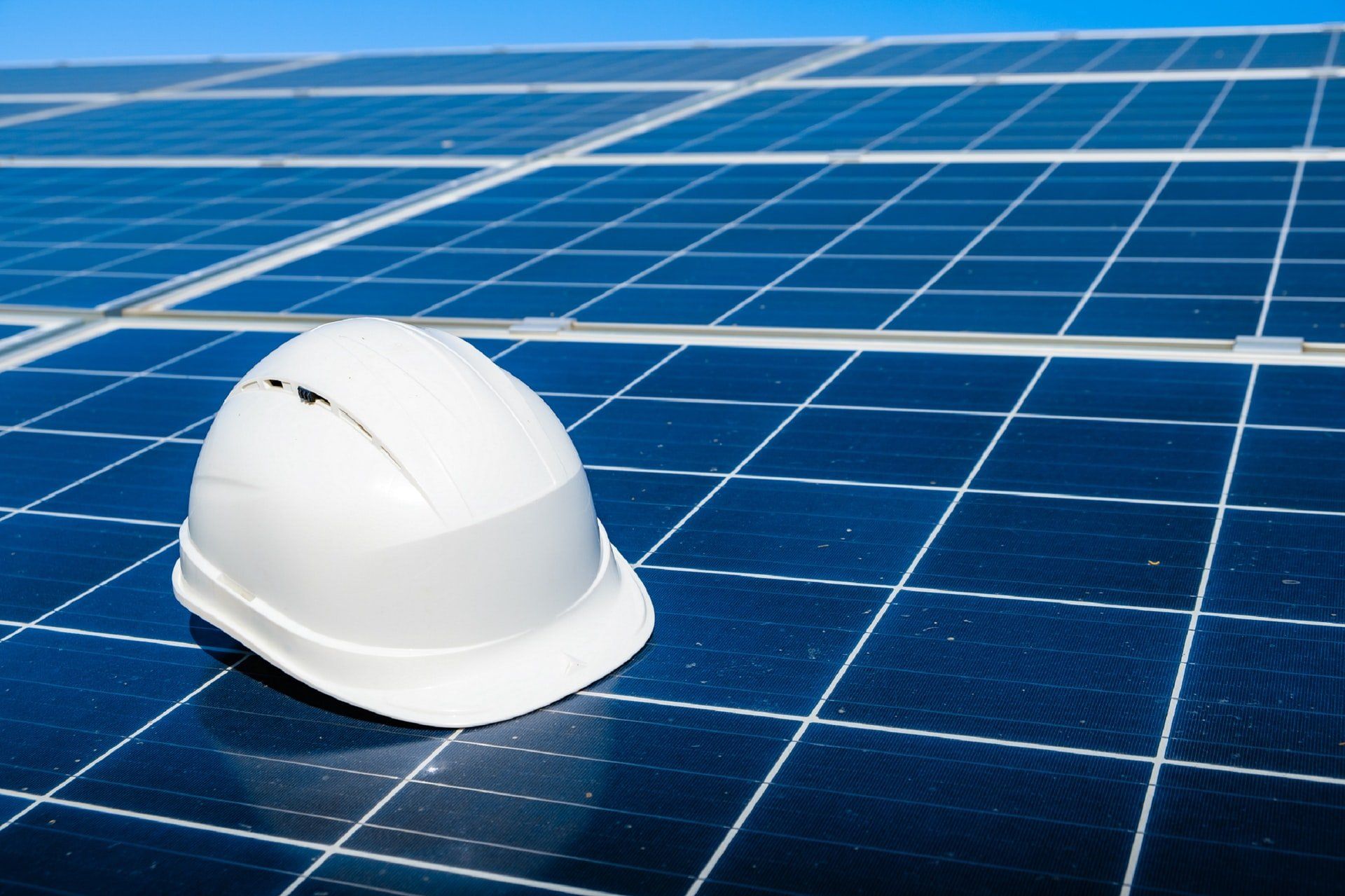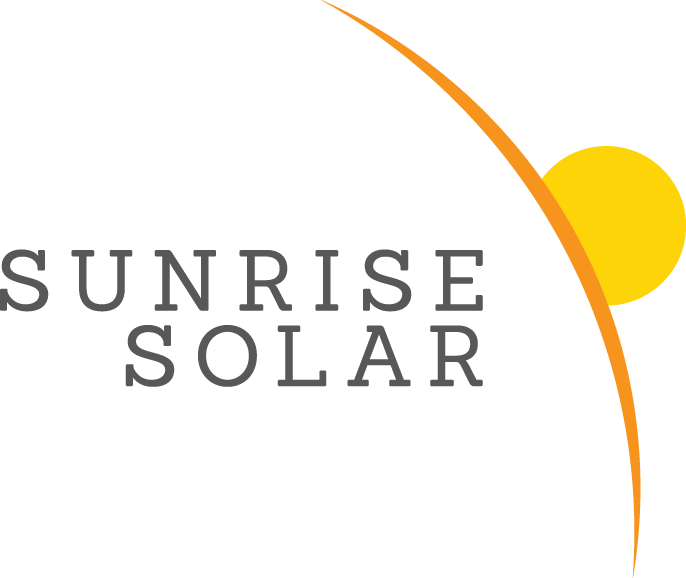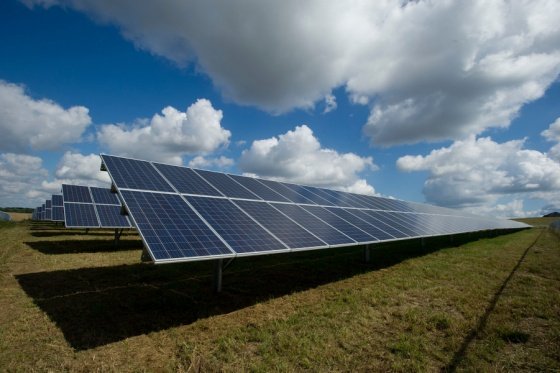How Does Solar Power Work?
Solar energy – the energy that comes from the sun – is the most abundant energy source on Earth. In fact, enough energy arrives here daily to power the entire planet more than 10,000 times. In simple terms, how does a solar power system harness this energy and turn it into electricity that we can use in our homes and businesses?
Sunlight to Electrons
The first step in the process of turning the sun’s energy into electricity for us happens at the solar panel. As the sunlight hits the panels, part of it is absorbed. When this happens, electrons are knocked loose from their atoms. This is how photons (particles of energy contained in sunlight) are converted into electrons.
Electrons to DC Electricity
The next step in the process occurs inside the many cells that make up a solar panel. These cells are made out of a semiconductor such as silicon. They are constructed like batteries – with a positive and a negative layer. The loose electrons can then flow in a circuit through the negative and positive layers. This is called direct current (DC) and it means that the electricity is flowing in one direction. But since we use AC electricity here in the United States, more needs to happen before we can utilize the electricity that has been produced.
DC Electricity to AC Electricity
In alternating current, the electrons alternate directions periodically, as opposed to only flowing in one direction (DC). In order to put the DC electricity into our AC grid for use, it must be sent to an inverter which converts it to AC power. That AC power can now be sent into the power system of your home and out of your outlets. At this point, sunlight hitting your panels has successfully been turned into useable electricity.
